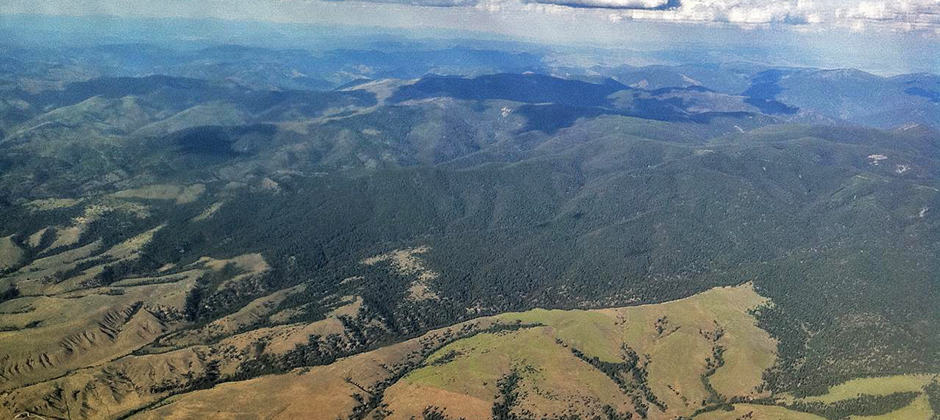Share this article
Biodiversity shifts due to climate change may impact conservation
Conservationists often seek to protect biodiversity by increasing protected areas. It’s the idea behind high-profile efforts like the Biden administration’s 30 by 30 initiative and the Half-Earth Project. But new research suggests climate change may complicate those efforts by shifting the climate conditions that define “ecoregions” where species are found.
“These strategies have garnered a lot of attention in the last decade and increasingly are put forth in policy circles,” said Solomon Dobrowski, a professor of landscape ecology at the University of Montana. “At the heart of that approach is the idea that biodiversity is static on the planet and it’s not changing with respect to climate. But we know from paleo records that isn’t true. Indeed, species have moved dramatically.”
In a study published in Communications Earth & Environment, Dobrowski set out to determine where shifts in biodiversity would occur throughout the world in an effort to see how successful protected areas would be in the future under climate change. Dobrowski used roughly 800 ecoregions as a surrogate for biodiversity and modeled how climate change might affect them. Then he looked for analogs—current places that already look like another region’s future. By mid-century, he found, over half the ecoregions will have climates that differ from the climates they have today.
As an example, Dobrowski looked at his hometown. He found the climate future of Missoula, Montana, lying 200 miles away in Lewiston, Idaho. Missoula’s forested landscape will look more like hot, dry Lewiston, he said. (An online tool called Analog Atlas let’s people choose a location and see what current area it might resemble under climate change.)
Dobrowski then tried to determine how biodiversity in currently protected areas may shift under climate change and if it will still be protected. About a quarter of the 128 ecoregions that now have at least 30% of the area protected would fall below that target, he found. Places like the tundra will lose protections, but some regions, including tropical dry broadleaf forest, Mediterranean forest and scrub and temperate grass and shrubland biomes, would see gains.
Implementing these findings into conservation of protected areas can be difficult, he said. “We’re trying to capture a moving target and there are intrinsic challenges with that,” he said.
But, he said, this doesn’t mean we have to throw our hands up in frustration. “There are tools and capabilities to understand what changes look like moving forward,” he said.
Header Image: Missoula’s forested landscape could become hotter and drier under climate change, resembling today’s Lewiston, Idaho. Credit: Wesley Fryer








